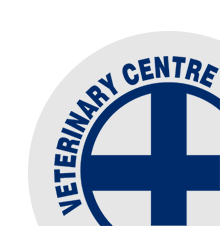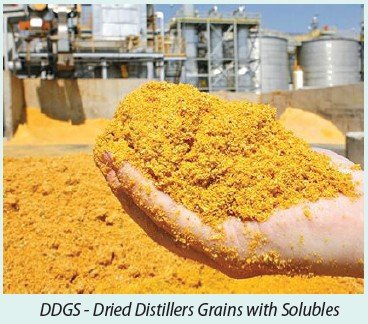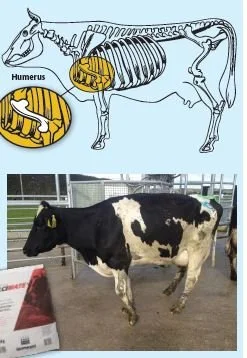Phantom Cow Scanning to Reduce Empty Rate
/Phantom cows at scanning time are often the most frustrating. These are the cows that get inseminated don’t return to heat but fail to get pregnant. They often come as a surprise when you assume they will be in calf.
Traditionally we scanned phantom cows around week 7 of mating, soon after the bulls went out as knowing who was mated by the bulls required a lot of diligence and hard work. However, with the increase in cow wearables and farms doing all AB mating our chance to intervene can be at any point in the mating period.
Mating lengths have also gotten shorter meaning treated phantom cows only get one insemination before the end of the mating period.
With this in mind, 2 years ago Ryan Luckman and I did a study on maximising the returns on when to scan and treat phantom cows. We used data from 30 herds in Waimate who did all AB matings without any phantom scanning, in total about 25,000 cows. We then used this to estimate when the best time to phantom scan was. The conclusion was that if you want to maximise the return on investment then scanning right at the end of mating and mating treated cows on the last day maximised returns and makes the biggest change in herd empty rate. On average this would reduce herd empty rate by 1.1% and give a massive 4.2 return on investment.
For this to work well good AB records are vital and using the shortest gestation semen available in these cows is recommended. To find out more call your prime vet. If you did all AB mating last season and want to know the likely return on phantom scanning in your herd we can estimate that for you.





